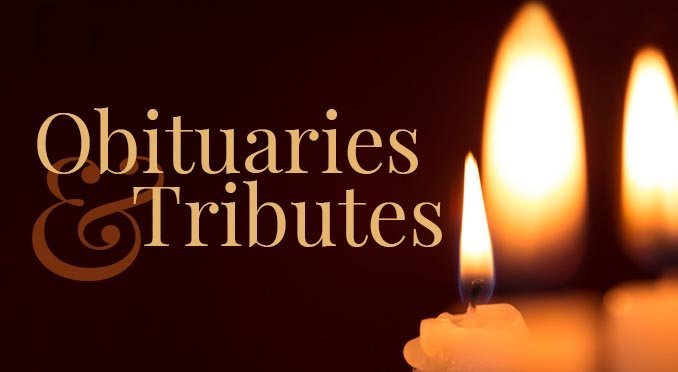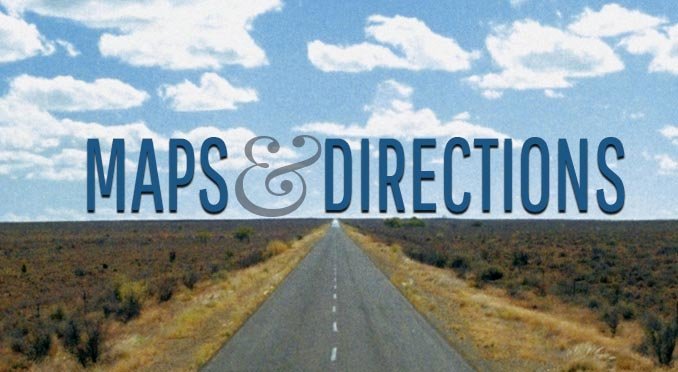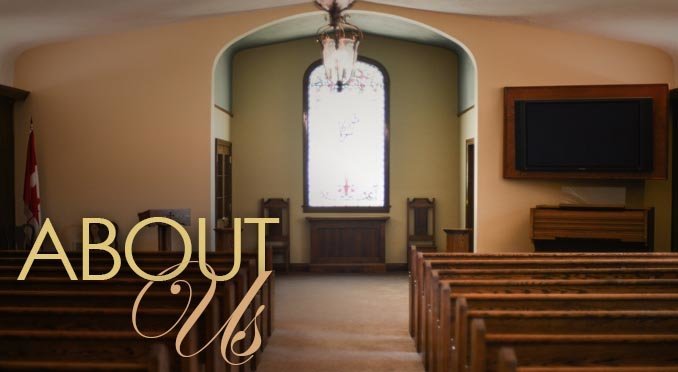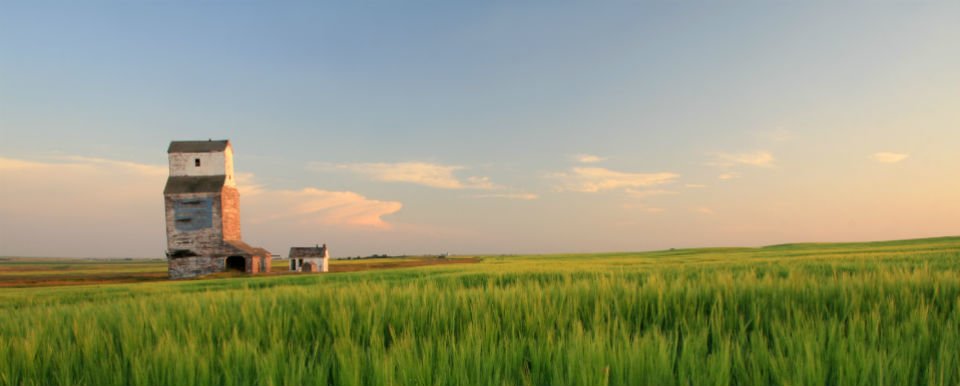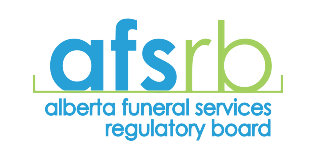CONTACT: 780-753-2332 OR 1-888-753-2339
Cremation Services
Cremation is an increasingly popular option for many people, serving as an alternative to burial. Reasons for preferring cremation vary. Some religions request it, while other people consider it more environmentally conscious. Some may simply like the idea of cremation more. During cremation, the remains are placed in a special furnace and reduced to resemble coarse sand. Cremation is not an alternative to a funeral, but rather an alternative to burials or other forms of disposition.
Cremated remains can be scattered, buried, or they may be kept with the family in a decorative urn. There are many ways to finalize the care of cremated remains today: cremated remains can be placed in an artificial coral reef in the ocean; they can be launched into space or sent up in helium balloons; they can be spun into glass pieces of art or diamonds.
Some religions welcome cremation, while others forbid it. The Catholic Church had previously banned cremation up until 1963, and burial remains the preferred form of disposition today. In other Christian denominations, cremation was historically discouraged but is now more widely accepted. In eastern religions such as Hinduism, Jainism, Sikhism, and Buddhism, cremation is mandated. In Islam, it is strictly forbidden. Orthodox Jews also forbid cremation, while other sects of Judaism support cremation; however, burial remains the preferred option.
Cremation FAQ
What is cremation?
Cremation is the process of reducing the human body using high heat and flame. Cremation is considered the final disposition of the human remains, however, it does not replace nor is it a type of funeral service.
Is a casket needed for cremation?
Yes, however, most funeral homes offer cremation specific caskets. This is a requirement within all Alberta funeral homes set by the Alberta Funeral Services and Regulatory Board. In Saskatchewan, we are upheld to the same standard set by the Funeral & Cremation Services Council of Saskatchewan.
Is embalming required prior to cremation?
No. It is against the law for a funeral home to tell you otherwise. That being said, we certainly believe it is our responsibility to educate your family on the level of care that we would recommend based on your loved one’s final wishes.
Can the body be viewed without embalming?
Yes, most funeral service providers allow immediate family members to view the deceased prior to cremation.
Can the family witness the cremation?
Yes they can; some cremation providers will allow family members to be present when the body is placed in the cremation chamber. Some religious groups ask for this as part of their funeral custom.
What can be done with the cremated remains?
While laws vary state by province, for the most part, remains can be buried in a cemetery lot or in a cremation garden, interred in a columbarium, kept at home, or scattered.
How can I be sure I receive the correct remains?
All Alberta cremation providers have developed rigorous sets of operating policies and procedures in order to maximize the level of service and minimize the potential for human error. Since it is illegal to perform more than one cremation at a time, and the vast majority of crematories can only cremate one body at a time, it is next to impossible to receive the incorrect remains.
How long does the actual cremation take?
It all depends on the weight of the individual. For an average sized adult, cremation can take two to three hours at a normal operating temperature of between 1,000 and 2,000 degrees Fahrenheit.
What do the cremated remains look like?
Cremated remains resemble coarse sand and are whitish to light grey in color. The remains of an average sized adult usually weigh between 7 and 8 pounds.
Do I need an urn?
An urn is not required by law. An urn may be desired if there is to be a memorial service or if the remains are to be interred in a cemetery. If an urn is not purchased or provided by the family, the cremated remains will be returned in a temporary plastic container.

Testimonials to Our Service



